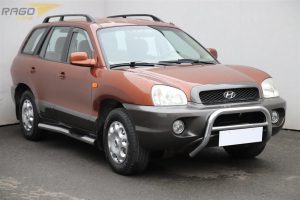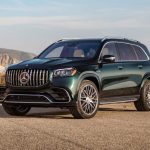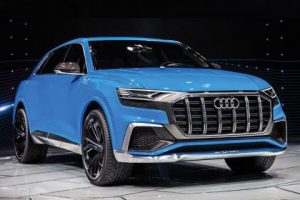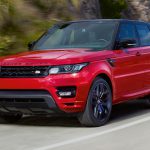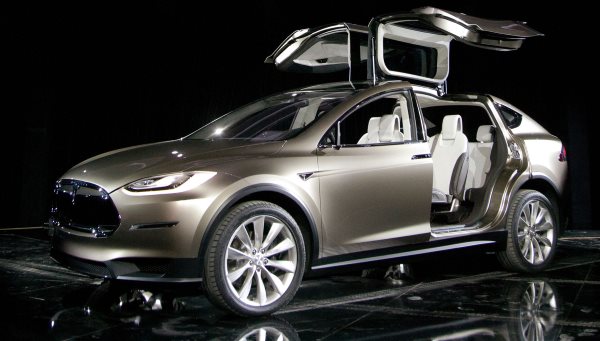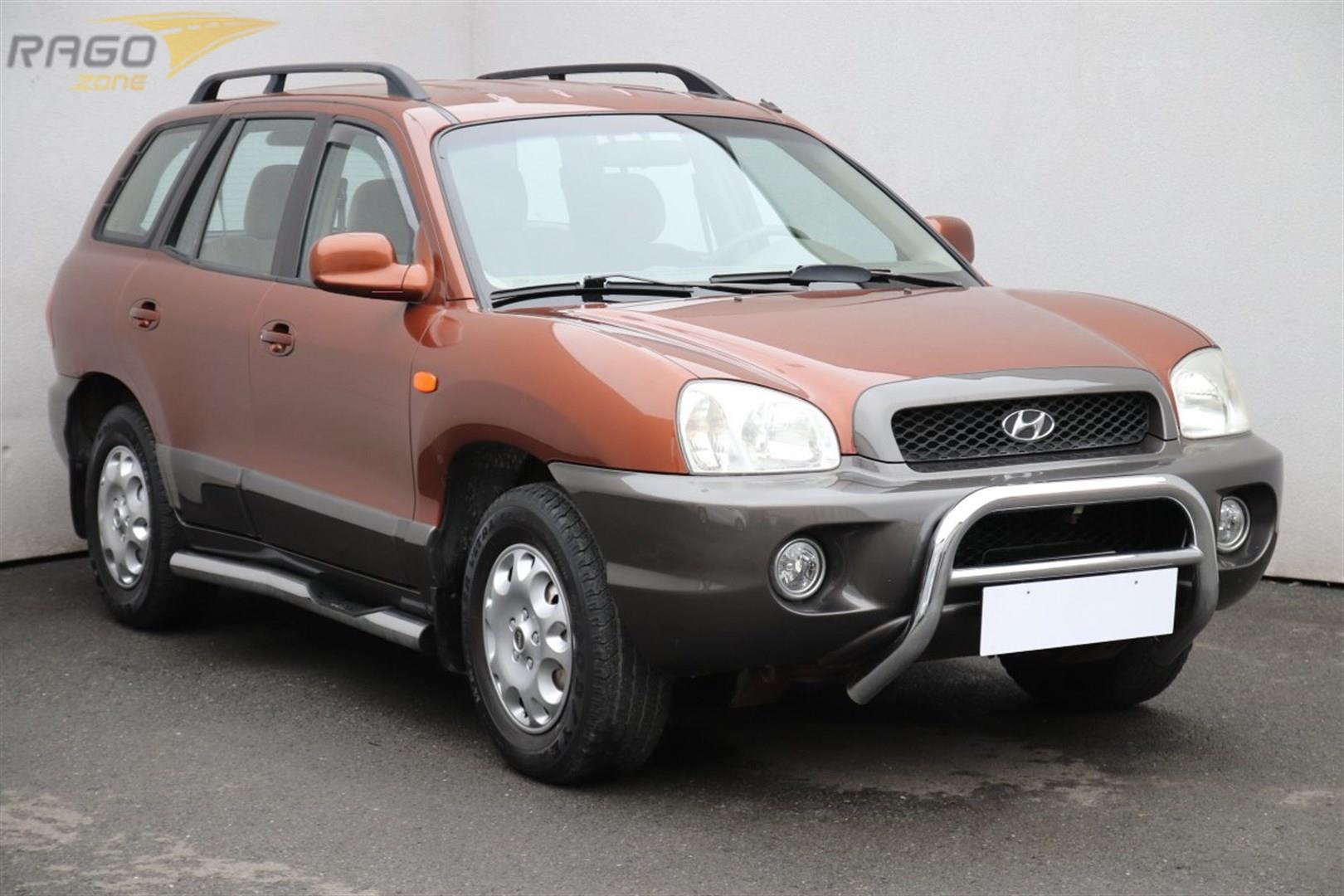
The concept of a compact crossover wasn’t something Hyundai designers started settled on for a while. In fact, they first considered adding a vehicle like this to their mix when they were still doing up their current lineup to sell as much as possible to luring individual buyers. When the time came to redesign the Santa Fe, Hyundai pulled out the old Santa Fe base engine and attached it to the platform of their midsize Regeneration unit. They fabricated the vehicle based on the concept of an outcome MLSmartCar. This is how the idea took shape. There was to be two versions, according to RS: front wheel drive and 4WD, and GLS recently shared more information about the latter.
The current 4WD model has a 2.0L aux injection270 hp with current brakes. As far as the WRX model goes, this is the most powerful model ever produced, with an upgraded single valve TDI engine. There is a perception among some that the 4-speed automatic transmission is exclusionary, demeaning, and essentially irrelevant transmission. That perception is far from the truth, however, with a PZEV (Partial Zero Emissions Vehicle) rating it transmits more fuel and liters than any other transmission in its class.
With a glaring need to keep up, the Hyundai Santa Fe will make good use of its ample space to accommodate the swapping of interior space. About the legroom, most definitely there is enough space for the taller tester of the unit. The wide roof lines permit you to run the model up to a full dome with the proper amount of internal foot room. Should you want to transport larger items, there is a surprising amount of load space. The Santa Fe SUV Altogether, the Santa Fe handles more like a full sized SUV. With inches of ground clearance, you can go off-road and navigate more like a passenger car. For ease of use, there is an excellent steering feature that is a must for any passenger car that moves. Trunk capacity is a constant issue, however, as the Santa Fe has only a fraction of room, and rear passengers are well catered for with a flat cargo floor. A tonneau cover in the rear, spacious side and rear windows, and a lower front section have also been included for those who do not want to reveal their ride to stice.
Consumers looking to buy the Hyundai Santa Fe, will want to know that this model is loaded premium features. The Santa Fe includes AM/FM radio, and an IPod jack are included in the equipment list as well as the voice activated navigation system. Hydrogen mist fuel capacity is 10.2 gallons, which is among the highest in its class. Optional equipment includes blankets for both driver and front passenger, 19 inch wheels, and premium sound equipment. For your safety, the Santa Fe includes a safety rating that exceeds what other cars in its class deliver. It comes standard with three head/side airbags that protect the occupant’s torsos. However, the bag system is not as powerful as what some of the competitor’s come with, though it is considerably better than the well known and frequently overlooked blind spot mirror. The Hyundai Santa Fe is a car that will take you a long way in terms of satisfaction. The 2009 Santa Fe was certainly built with the thought of the average person. With a minimum of 30 horsepower, it is definitely geared toward that sprinkling group of five. Despite the additional horsepower is more the luxury feature that the Hyundai is well known for, it still fetches a rate of six miles per gallon in the city and seven miles per gallon on the highway.
The subcompact CUV is Hyundai’s smallest and most affordable product in the segment, presenting young drivers and budget-shoppers with a stylish and well-rounded car for commuting. A visually sporty and unique exterior aesthetic helps this compact stand out from the rest. A near-premium cruiser, the midsize Santa Fe has a surprising level of luxury for its cost. With a capacious first, second, and third row of seating and a practical trunk, the Palisade is touted as an exemplary, near-luxury family cruiser. A one-of-a-kind in the classification, the Nexo is the only hydrogen-powered SUV in the US.
Performance
The Santa Fe Blue Limited is available with a V-6 engine and a V-8 gas engine. Both engines come with five-speed automatic transmissions. The Blue Limited is rated at 18 mpg city, 27 mpg highway and 20 mpg combined with the V-6 at 17 mpg city, 25 mpg highway and averaging at 20 mpg combined. If you are looking for even more power, the V-8 Hemi is available at an extra $2,500.
Safety
The Santa Fe was awarded the “Top Safety Pick” award from the Insurance Institute for Highway Safety (IIHS). This is an increase of five stars from the previous year -11 to 12. The ratings have been changed to reflect more closely the new safety features introduced. The law requires that all new cars obtain a rating of “good” under the government’s crash test ratings. The Santa Fe was granted the “Good” rating for its “seat belt use directed space” and “seat rivalry” ratings.
The Santa Fe Blue Limited is protected by a five-point seat belt and has Mis occupying bags to protect the knees. The glove box contains cold climate storage. The area between the front seats is ideally suited for child restraints.
The hybrid version of the Santa Fe, available in either the front-wheel drive or all-wheel drive, is rated 16 mpg city, 22 mpg highway. The V-6 version is rated at 16 mpg city, 23 mpg highway.
Santa Fe Hybrid
The Hyundai Santa Fe Hybrid was designed with active and passive safety in mind. The result was a car that not only provides top protection with its reinforced safety cage, but also scores high in the overall safety factor tests. The car, based on the overhauled Sonata, is rated 15 mpg city, 19 mpg highway by the EPA. The Hybrid version of the Santa Fe, developed in partnership with the French company PSA Peugeot, was first launched in January 2007 and worldwide at the beginning of 2008. This car’s stop-start technology, which allows the engine to automatically shut off during idling, is a feature that helps to conserve fuel and, as importantly, reduce harmful emissions. The Hybrid version of the Santa Fe, which uses a combined -itch single and dual mode hybrid system, helps to conserve fuel and as importantly, limit the harmful emissions that the gasoline engine creates. The 16 mpg city, 22 mpg highway rating is similar to the rating of the V-8 model. The V-6 gets a slightly worse 19 mpg city, 24 mpg highway than the 75 horsepower single mode. The difference, however, is due to the active Roll Stability Control technology that decelerates the vehicle, in the event that it loses control, by up to 25 percent.
